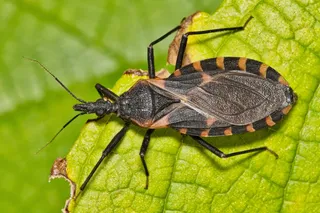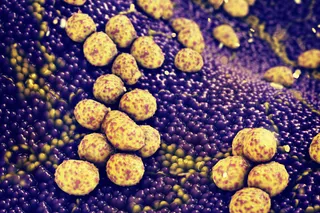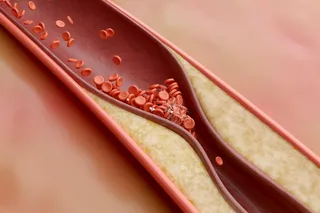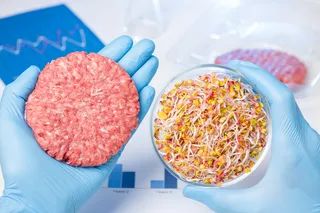It is common knowledge that the discovery of penicillin in the laboratory of Alexander Fleming radically changed the world of medicine and public health, allowing us to treat and cure once intractable and deadly bacterial infections. Less well-known is the winding road from discovery, past numerous roadblocks including production limitations and the second World War, to widespread use. A decade and a half of limited access to the world's first antibiotic came to an end in 1943, when a prolifically moldy cantaloupe was purchased from a grocery store in Peoria, Illinois. We would double down in our battle against infectious diseases less than a decade later, when two female scientists inspired by the humble discovery of penicillin would identify the first known antifungal agent in the mucky soil of a Virginia dairy farm. Penicillin, a compound that naturally kills bacterial organisms, was sourced from a fungus. In the 1940s, the ...
A Weapon from the Soil
Uncover the intriguing story behind the discovery of penicillin and its impact on antifungal research and treatment.
More on Discover
Stay Curious
SubscribeTo The Magazine
Save up to 40% off the cover price when you subscribe to Discover magazine.
Subscribe












